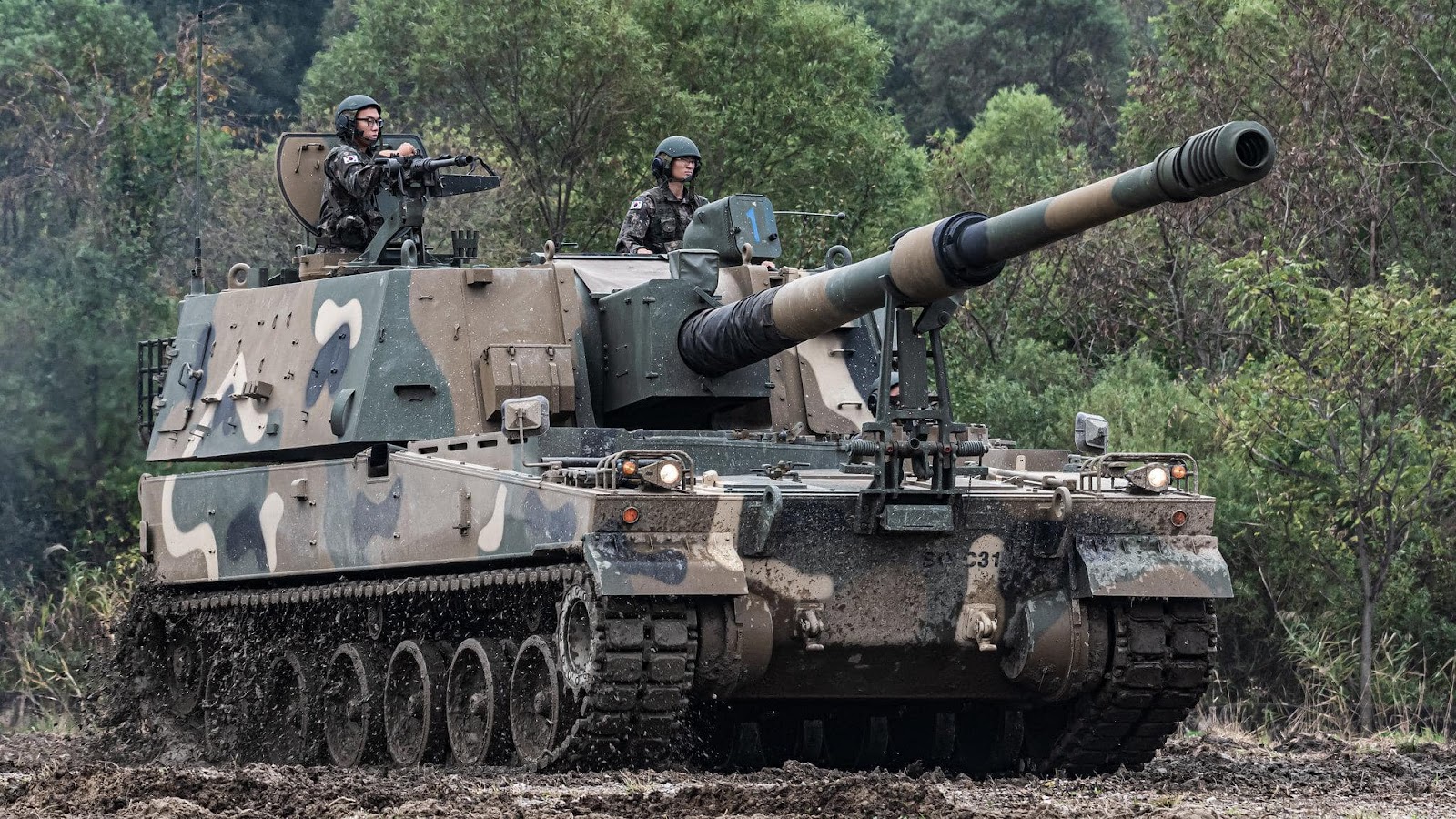
La Marina Real Tailandesa realizó pruebas con fuego real del ATMG
Obús ATMG de 155 mm basado en el obús autopropulsado israelí ATMOS 2000 (todas las fotos: RTN)
El 7 de agosto de 2015, el vicealmirante Thadawut Tadpitakkul, subjefe del Estado Mayor de la Marina Real Tailandesa (Operaciones) y presidente del Comité Ejecutivo del Proyecto de Adquisición de Obús con Ruedas Autopropulsado (ATMG) de 155 mm y de Equipos (GOY), y representantes de las unidades pertinentes, participaron en la observación de un ejercicio de tiro de artillería con fuego real basado en una compañía.
El objetivo era probar, experimentar y entrenar al personal en el uso del sistema de artillería autopropulsada antes de su entrega a la Marina Real Tailandesa en el Centro de Ingeniería y Tecnología de la Marina Real Tailandesa en la provincia de Lopburi.
El proyecto para adquirir un obús con ruedas autopropulsado (ATMG) de 155 mm y un sistema de equipamiento cumple con los requisitos de la Marina Real Tailandesa de mejorar sus capacidades en la realización de misiones de acuerdo con el plan de defensa nacional.
Esta arma proporciona movimiento rápido y cambios de posición de disparo en el campo de batalla, proporciona apoyo de fuego a las fuerzas terrestres y contrarresta y destruye eficazmente las fuerzas enemigas y las armas de apoyo.
La Marina Real Tailandesa ha aprobado un plan de adquisiciones para el año fiscal 2023, con la Marina Real Tailandesa como propietario y usuario del presupuesto, y la Oficina del Secretario Permanente (OPSC) como unidad de adquisiciones y desembolso del presupuesto en nombre de la Marina Real Tailandesa.
El equipo incluye seis cañones, un radar meteorológico y un sistema automático de control y gestión de tiro conectado al radar de puntería de artillería. La entrega de estas armas está prevista para agosto de 2025.



































